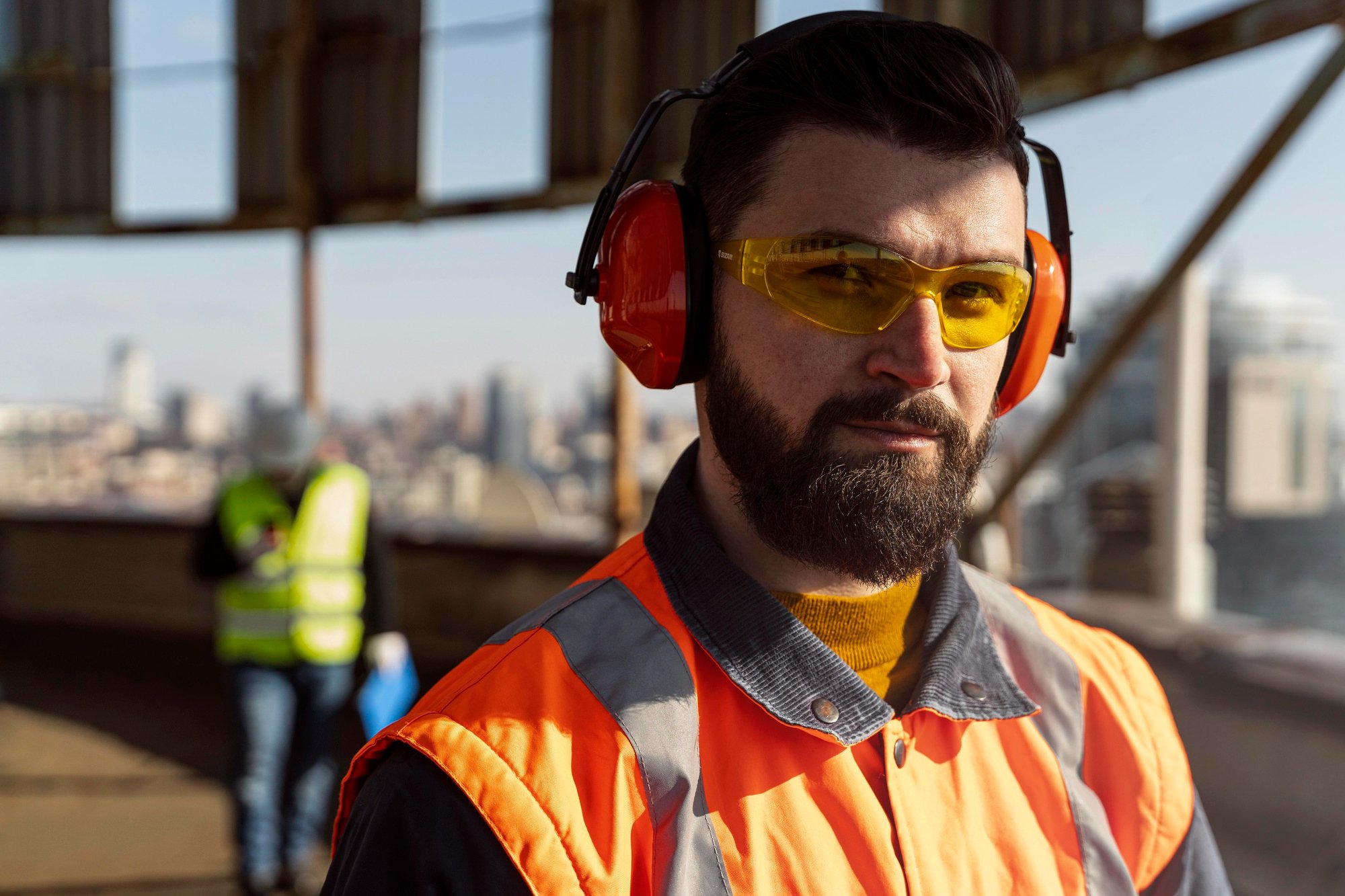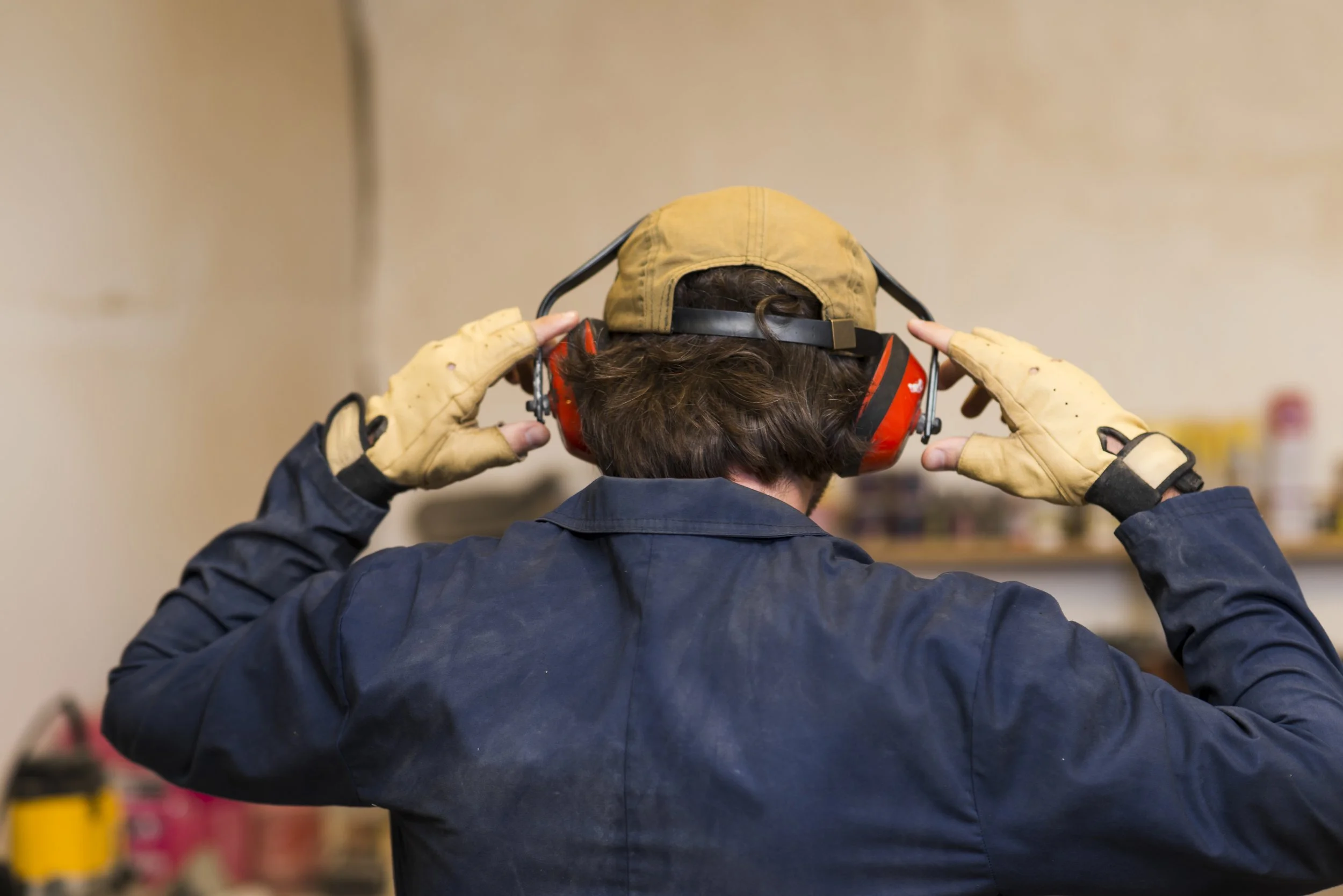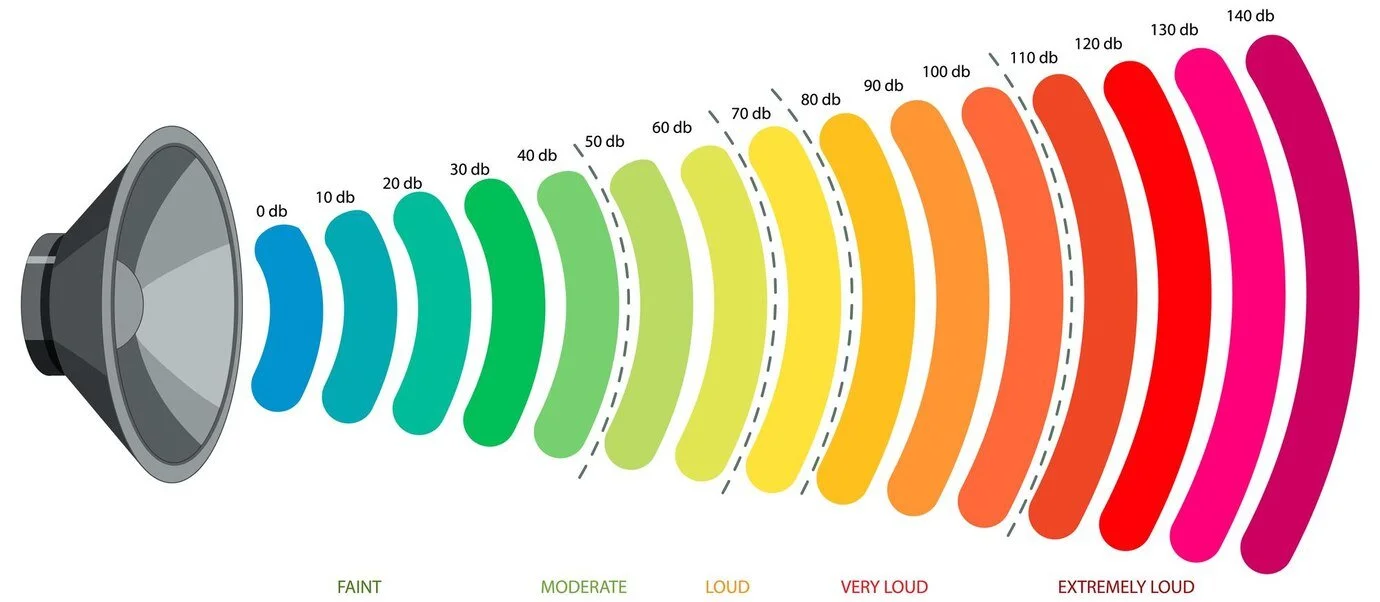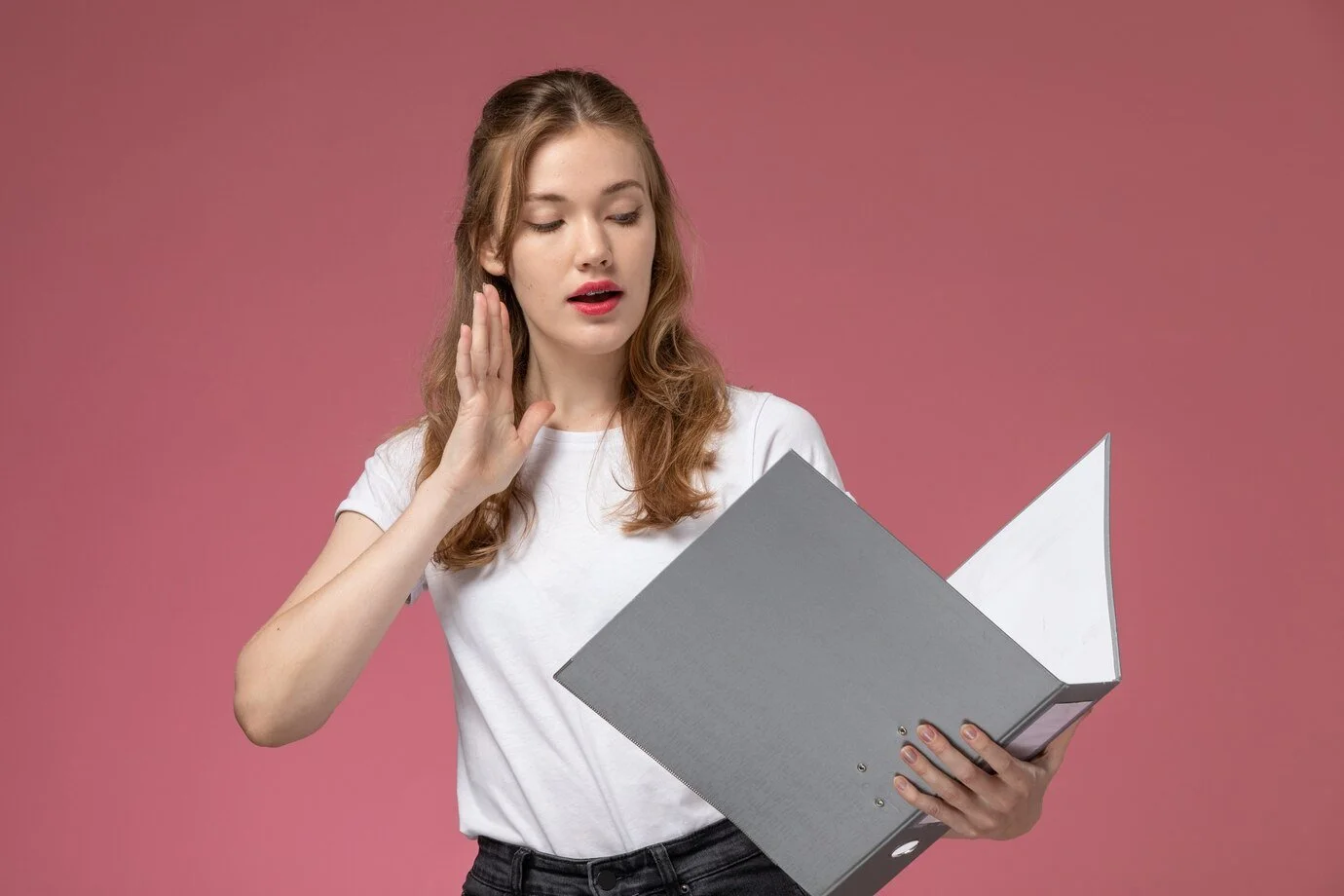
Ear Protection
Ear Protection 101: NRR, Fit, and Why It Matters
Noise-induced hearing damage is permanent, but it's also 100% preventable. Whether you're a musician, venue manager, audio engineer, or concertgoer, choosing the right ear protection is key. But with so many options—foam plugs, custom molds, active filters—how do you know what’s best?
-
FeatureCustom EarplugsOver-the-Counter (OTC) PlugsFitMolded exactly to your earsGeneric sizing (small/med/large)ComfortExceptional—can be worn for hoursMay cause pressure or fall outPerformanceMore reliable seal = more consistent NRRNRR depends on user fit & sealCostHigher upfront ($150–$300)Low-cost ($1–$30)LongevityYears with proper careDisposable or limited use
-
Passive Protection
Blocks sound using physical materials (foam, silicone, etc.).
Reliable, affordable, doesn’t require power.
Ideal for consistent loud environments like construction or concerts.
Active Protection
Uses electronics to monitor and limit sound in real time.
Some allow soft sounds (conversation, music detail) to pass through while clamping down on peaks.
Popular in tactical gear and premium musician monitors.
More expensive, needs batteries or charging.
-
Foam Earplugs
Roll into a tight cylinder.
Pull back your ear with your opposite hand to straighten the canal.
Insert deeply, then hold until expanded.
Flanged / Reusable Plugs
Insert with a gentle twist.
Make sure all flanges are seated in the ear canal.
Wash reusable plugs often.
Musician Filters (High-Fidelity)
Provide even, frequency-balanced sound reduction (ideal for performers).
Available in different dB filter levels.
Fit like reusable plugs—some come custom-molded for maximum comfort.
What Is NRR?
NRR stands for Noise Reduction Rating—a measure of how much a hearing protection device can reduce noise in decibels (dB) under ideal conditions.
Higher NRR = greater potential protection
Foam plugs: NRR 22–33 dB
Earmuffs: NRR 20–30 dB
Real-world performance is usually lower than stated NRR, due to imperfect fit or user error
🧠 Important: A device must be fitted correctly to provide its full benefit.

Don't Wait—Protect Your Ears Today
You only get one pair of ears. With the right protection, you can experience the energy, clarity, and beauty of sound without sacrificing your long-term hearing.
Want help choosing the best ear protection for your needs?
[Contact Us] or visit our [Ear Protection Resource Hub].
They understand the tension between stage volume and hearing health—because they’ve been in both clinics and green rooms.
“It’s not about turning the volume down—it’s about turning the danger down.” – Dr. Michael Santucci
Explore their cutting-edge protection and monitoring systems at:
👉 sensophonics.com
Hear the Sound, Miss the Meaning?
You might have hidden hearing loss.
That “temporary” muffled ringing sensation after a loud noise exposure doesn’t always bounce back—it can cause permanent, invisible damage to the nerve connections in your ears. Even if your hearing seems fine, you could be losing the ability to understand speech in noisy environments or appreciate the richness of music. This is known as hidden hearing loss, and it's more common than you think. And if your hearing does not come back, that is called Sudden Sensorineural Hearing Loss (SSNHL) which is an ENT emergency that is often not treated in time out of unawareness.
-
Q1: Can you UNDERSTAND everything people are saying in a loud restaurant? Or are you missing parts of conversations, like the punchline of a joke?
Q2: Have you ever experienced sudden muffled hearing and ringing after a loud concert? How about Dizziness, Vertigo, Anxiety, Depression?
Q3: Do you know what Decibel Level at which sound become toxic at which point OSHA requires earplugs? Is it: 70 dB 85 dB 100 dB or 120 dB
Q4: Considering your current level of noise exposure, do you think hearing aids are inevitable for you? How old do you plan to be when you need them?
Q5: If there were a way to prevent this damage, would you want to know?

Spotlight: Sensophonics – Science-Driven Sound Safety
When it comes to custom hearing protection for musicians, one name stands out: Sensophonics.
Founded by audiologist Dr. Michael Santucci, Sensophonics combines audiology, innovation, and artist advocacy. They specialize in:
Custom-molded musician earplugs with flat-frequency filters
Active in-ear monitoring systems with hearing-safe output
High-fidelity solutions trusted by top touring artists worldwide



